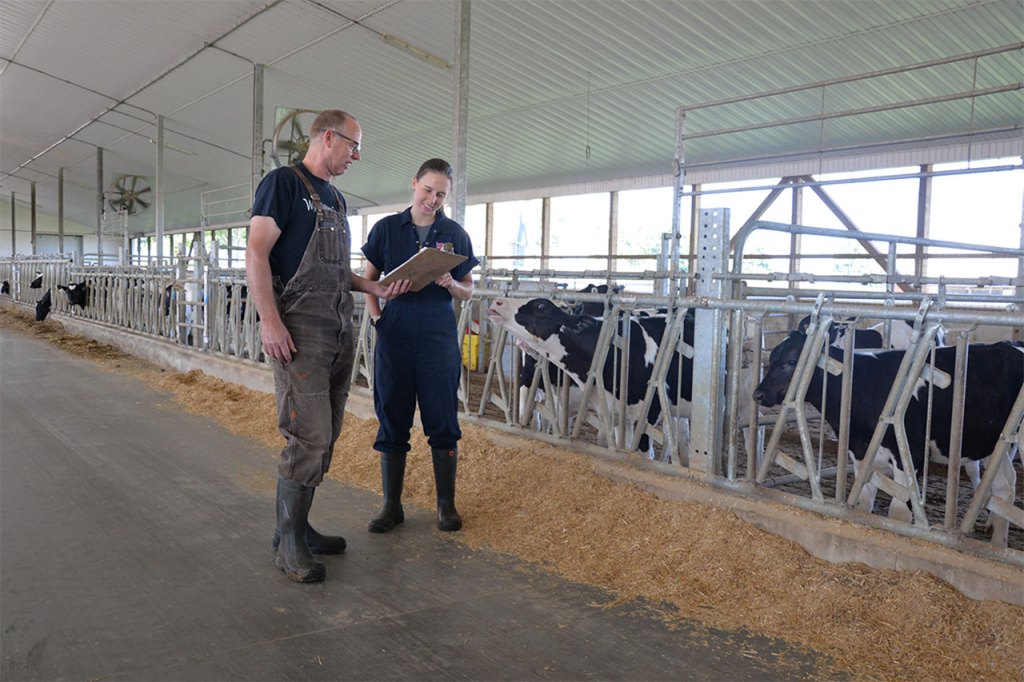Historically, dairy farmers have bred all females that come into heat. As a result, 95 – 100% of heifer calves born each year will eventually become mothers. Conversely, only 0.025% of all bull calves enter A.I. to become fathers. The difference between the two is the selection intensity.
The definition of selection intensity is how selective breeders are in deciding how many individuals from the current generation will make offspring for the next generation. The more selective dairy farmers are when choosing parents, the better the future genetics are. As an industry, we are very selective in choosing which males will become parents because of how few bulls make it into A.I. If all females have a calf, the best and worst individuals contribute to the herd’s next generation, which lowers selection intensity. A key to making genetic progress faster is to increase selection intensity on the female side.
There are multiple factors to consider when segmenting your herd into which females will and will not contribute to the next generation. A starting point is determining heifer inventory needs to ensure the number of replacements created will align with future herd goals. Then, prioritize traits into a custom index that will create the most profitable genetics for your milk market and facilities. Finally, choose a tool to segment your herd. The Genetic Management System® assigns rankings to each female by utilizing either genomic or parent average data. Once females are ranked, genetic options include sexed semen for the top females, beef semen for the lower merit females, or an embryo strategy.
Contact your local ABS genetic advisor to increase selection intensity with a custom genetic plan for your farm.






